From an Indian fortress to a Japanese island, from the Texan desert to a Provençal vineyard, Millie Walton has scoured the globe for some of the most remote and unusual places to view art.
1. Museum James Turrell, Salta, Argentina
View this post on Instagram
The remote Argentine region of Salta is home to the highest altitude vineyards on the globe, with some sitting at over 3,000 metres above sea level nestled between the Andean mountains. Among the most spectacular is the Hess family vineyard at Colomé, which is also home to the only museum in the world dedicated to the light and space artist James Turrell. The museum is based on Turrell’s own design and features nine of his immersive light installations including Unseen Blue (2002), a large open-roofed atrium, and Spread (2003), a 4,000-square metre room filled with luminous blue light. Swiss entrepreneur Donald Hess has been collecting Turrell’s work for over thirty years and the display also includes a collection of the artist’s rarely seen works on paper. Advance booking is a must.
2. Château La Coste, Aix-en-Provence, France
View this post on Instagram
The South of France, with its golden light, lavender fields, and the azure waters of the Mediterranean Sea, has inspired countless artists throughout history. Today, there are many wonderful art museums and galleries to be found within the region, but not all boast the same offering as Château la Coste. The estate was bought in 2003 by Irish art collector and real estate entrepreneur Patrick McKillen who has since transformed the site into a thriving cultural centre with working vineyards producing biodynamic wines, a clutch of restaurants, galleries, and a diverse array of sculptural works by some of the world’s greatest artists and architects dotted around the rolling landscape. An illustrated map (collected from the Tadao Ando-designed visitor centre, which is flanked by two pools with a huge spider by Louise Bourgeois on one side and an Alexander Calder mobile on the other) plots a rambling route along pathways through the vineyards, into the wooden hills and in one case, underground into Andy Goldsworthy’s haunting Oak Room (2009). There’s enough to keep even the most restless of visitors occupied for the best part of a day, but if you’re looking for full art-immersion, Villa la Coste, the estate’s hotel, provides the perfect base. With 28 elegant suites, a spa, and a fine-dining restaurant by Michelin-starred chef Hélène Darroze, you’ll never want to leave.
3. The Steilneset Memorial, Vardø, Norway
View this post on Instagram
The isolated coastal town of Vardø, on the northernmost tip of Norway, is home to The Steilneset Memorial (2011), a collaborative work by the artist Louise Bourgeois and architect Peter Zumthor. The monument, comprising two structures, one designed by Zumthor and the other housing an installation by Bourgeois, was commissioned by Norway’s Tourist Routes programme to commemorate the suspected witches who were burned at the stake there in the 17th century. Zumthor’s building invites visitors to walk through a 400-foot long corridor lined with 91 windows within which a light bulb floats in memory of the 91 individuals who were sentenced to death alongside a plaque that reveals each person’s story. Meanwhile Bourgeois’ installation The Damned, The Possessed and the Beloved (the last major work created before her death) comprises a flame burning endlessly upon a steel chair that sits within a hollow concrete cone.
4. The Sculpture Park At Madhavendra Palace, Jaipur, India
View this post on Instagram
Opened in December 2017, the sculpture park at Madhavendra Palace offers visitors a unique opportunity to view contemporary installations within the historic setting of an 18th-century fortress. Rather than housing permanent works, the programme is designed around year-long editions, curated by Peter Nagy, Founder of the New Delhi-based gallery Nature Morte. The works are often created in response to the site and its geographical location, winding through the opulent internal rooms and out onto the roof terraces. Highlights from the second edition included Richard Long’s River of Stones, an installation made from local red sandstone and installed in the palace’s courtyard, and Gradients on Modernist Fragments (2018) by Indian artist Tanya Goel, a series of pink, yellow, and blue compositions painted onto demolition debris from New Delhi. The park is currently scheduled to reopen for its third edition in November 2022.
5. Naoshima, Japan
View this post on Instagram
Teeming with art installations, museums, and galleries, the tiny island of Naoshima in Japan’s Seto Inland Sea is an art lover’s dream. Its transformation began in the late 1980s when billionaire businessman Soichiro Fukutake persuaded the architect Tadao Ando to design the island’s first museum: Benesse House. Perched high up on a hill overlooking the sea, the museum is filled with modern works of art by the likes of Andy Warhol, David Hockney, Jean-Michel Basquiat, and Cy Twombly, but is most often associated with Yayoi Kusama’s giant yellow pumpkin sculpture that sits on the beach below. Other highlights include The Chichu Art Museum, home to a world-class collection of works by Modern masters ranging from Claude Monet to James Turrell and Walter De Maria, and the Lee Ufan Museum, the first of its kind dedicated to the work of the Japanese-Korean artist.
6. The Chinati Foundation, Marfa, Texas
View this post on Instagram
Founded by American artist Donald Judd in 1986, The Chinati Foundation occupies what was once a military base deep in the desert of Western Texas. Judd originally bought 34 industrial buildings on the 340 acre estate and set about transforming them into gallery spaces for his own sculptures and work by other artists that he admired such as John Chamberlain, Dan Flavin, Roni Horn and Richard Long. Judd died in 1994, but his vision to create an art oasis has been maintained. Last month, the largest permanent installation of John Chamberlain’s work in the world reopened to the public after a year-long $2.7m restoration of the converted warehouse dedicated to the artist’s monumental sculptures.
7. Jupiter Artland, Wilkieston, Scotland
View this post on Instagram
In 1999, art collectors Robert and Nicky Wilson moved into Bonnington House, a fairytale-esque Jacobean manor and set about creating a sculpture park in the 100-acre estate. The result is an extraordinarily unique art destination with an impressive collection of permanent works, all of which have been created in response to the landscape and positioned according to the desires of the artist. For example, Scottish artist Rachel McLean’s deeply unnerving installation upside mimi ᴉɯᴉɯ uʍop that takes the form of an abandoned high-street shop lies hidden within the woodland. There’s also a dynamic programme of exhibitions and workshops as well as The Artist’s House, a rather magical, art-filled self-catering cottage for rent with three bedrooms and a Swedish wood-fired hot tub.
8. The Lightning Field, New Mexico
Within the tiny town of Quemado in Catron County, New Mexico, halfway between Pie Town and the Arizona border, is a small two-storey white building housing a branch of the Dia Art Foundation, which maintains Walter De Maria’s The Lightning Field (1977) and also arranges visits to see it. Visiting regulations are strict: you must meet at the building at no later than 2PM, in a group of no more than six people, no electronic devices allowed, photography is prohibited (this, apparently, is all according to the artist’s wishes). After a 45-minute drive across a wild, barren landscape, you will be dropped off at a log cabin to stay there, with the artwork, until noon the following day. The Lightning Field itself comprises 400 stainless pointed steel poles, or lightning rods arranged in a regular grid structure. The reason for staying there overnight is to witness how the work, and our perception of it, changes with the light, the weather and the visitor’s movement through the landscape.



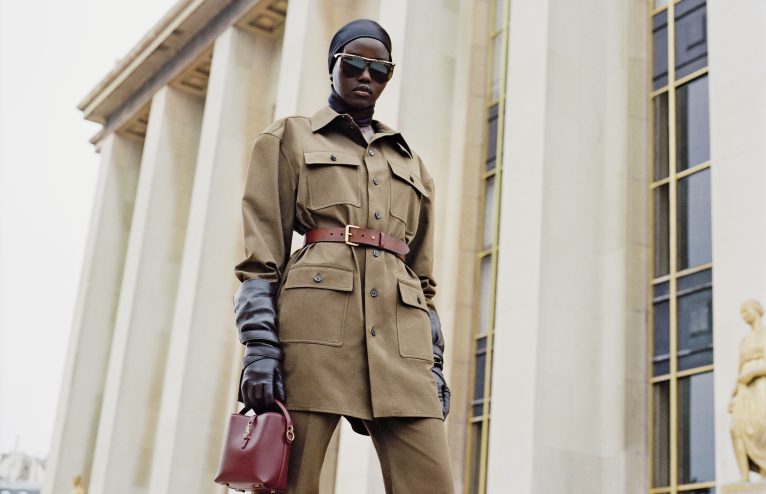


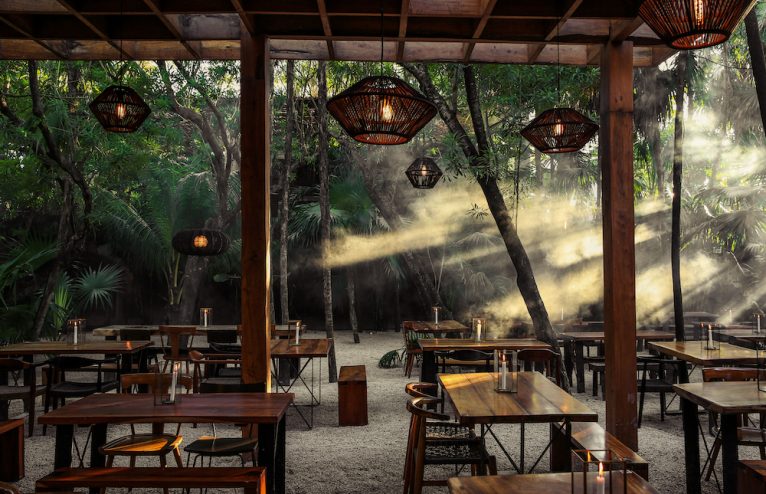
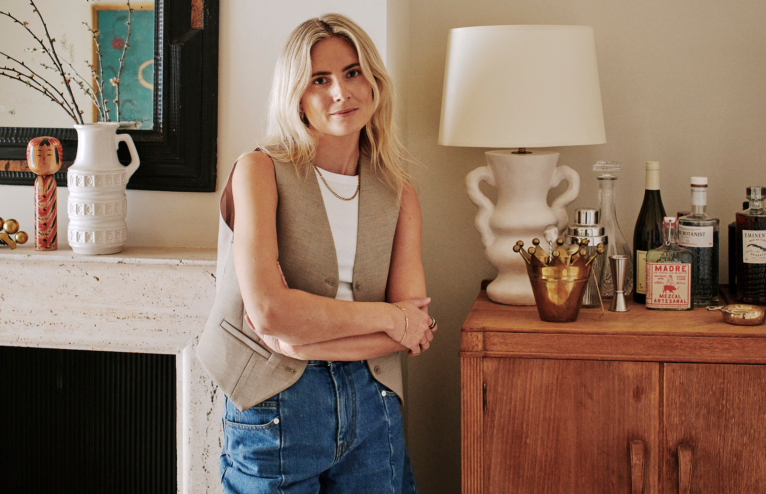

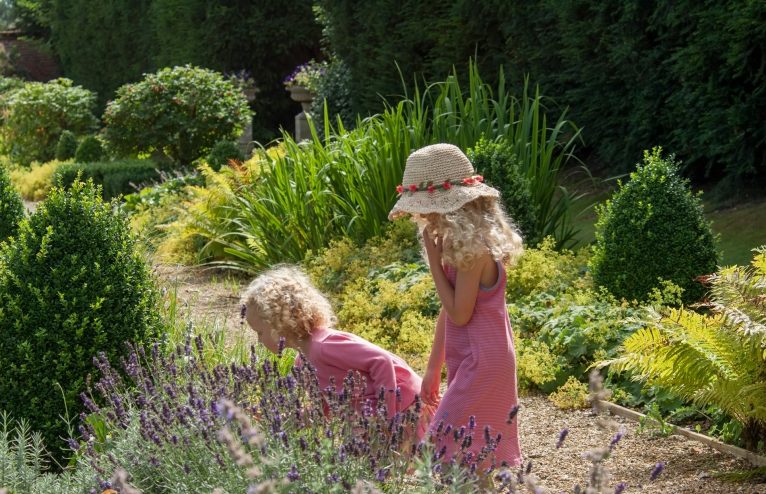






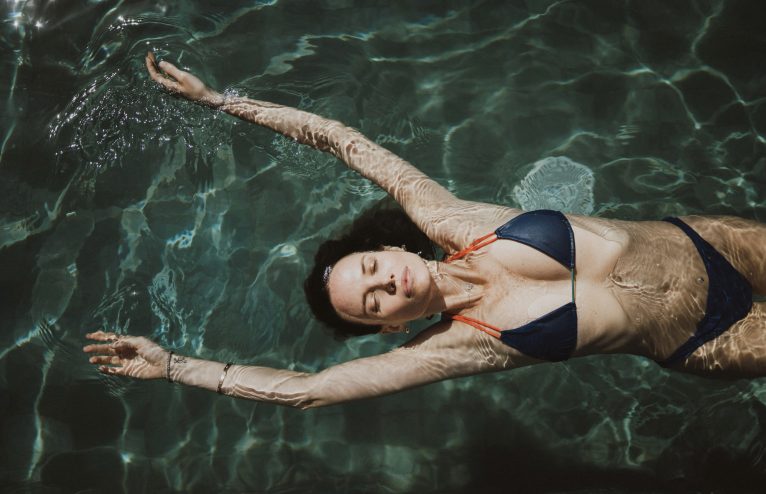

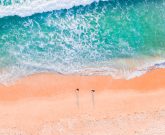


Any Questions or Tips to add?